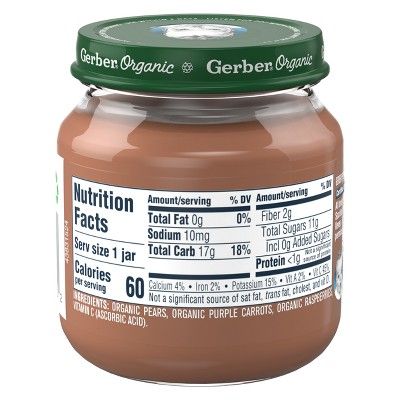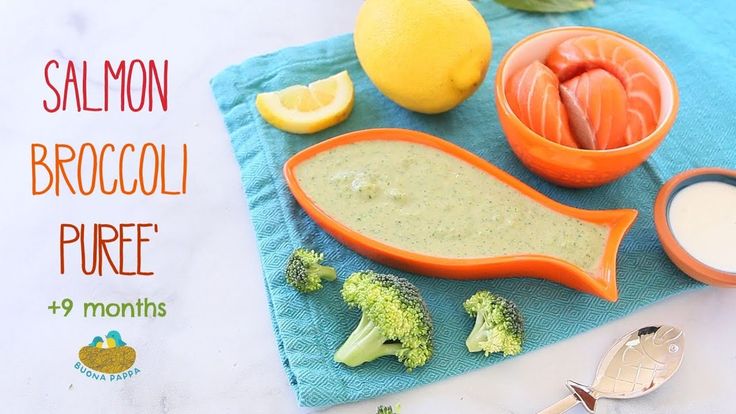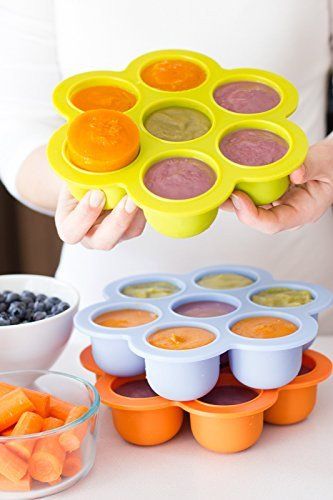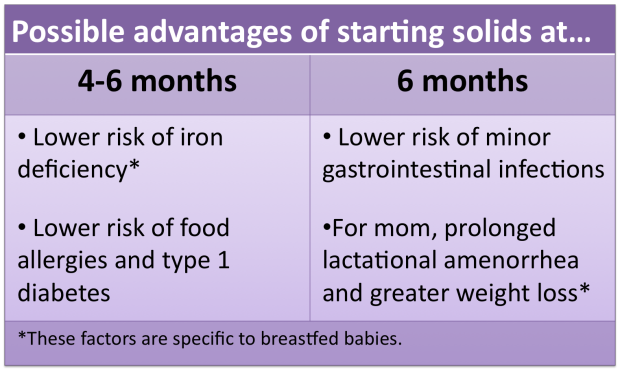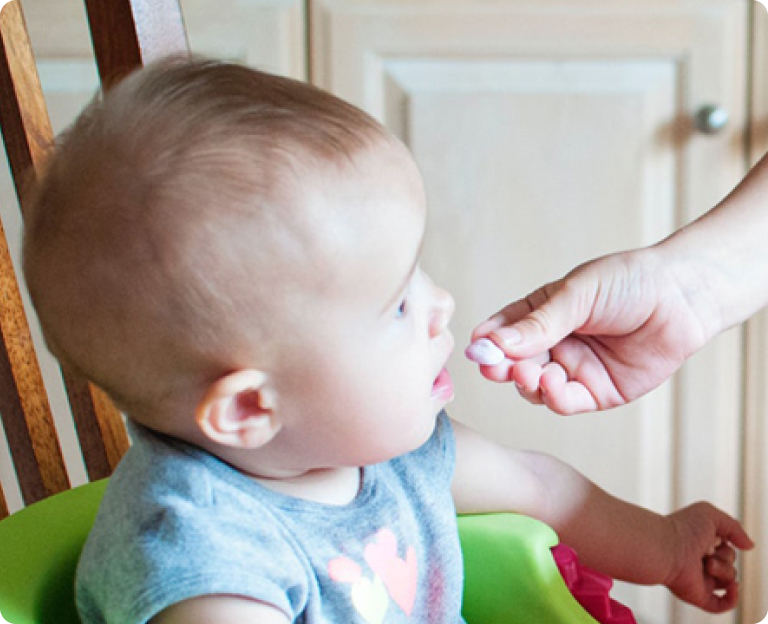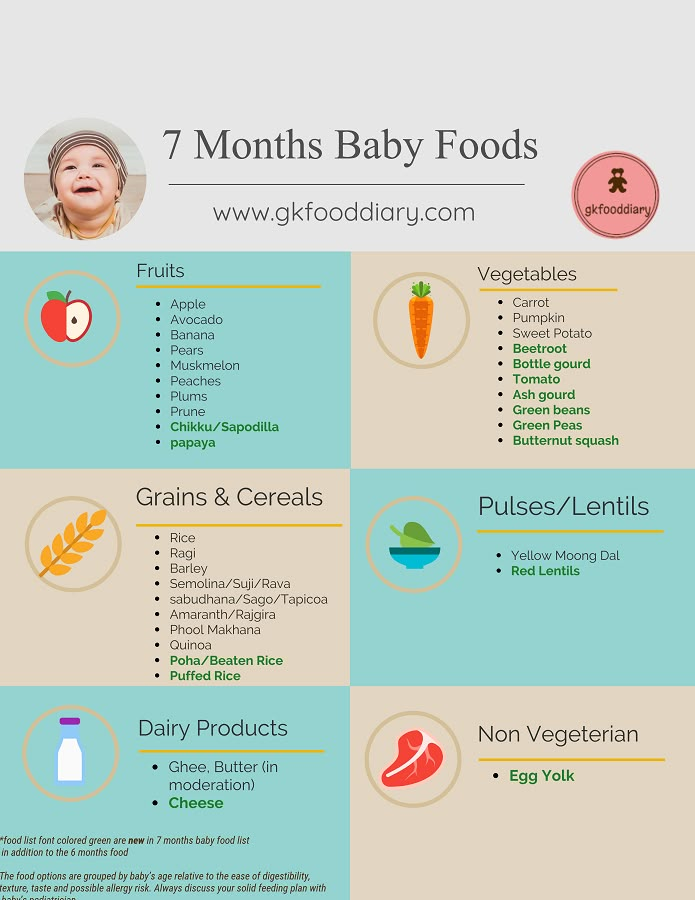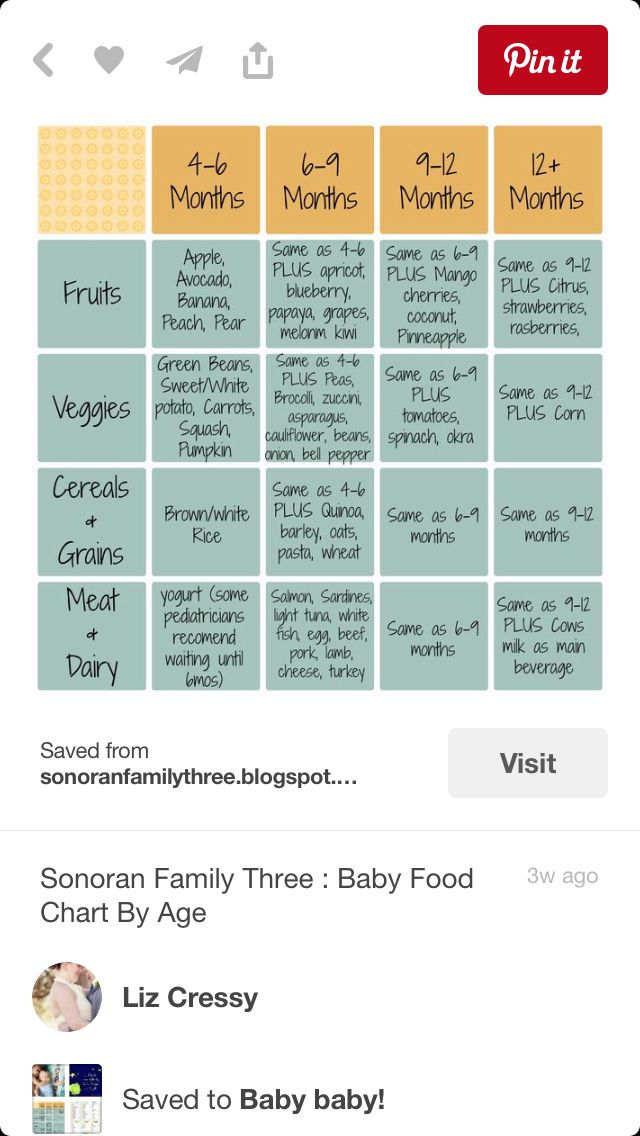Food for fever baby
Fever Food Chart for Babies and Toddlers
| | by Dr Hemapriya
Little children can get particularly fussy during fever, but they still need their nutrition. Get help from our Fever Food Chart for Babies and Toddlers.
Fever Food Chart for Babies and Toddlers
6 Months Fever Food Chart
7 Months Fever Food Chart
8 Months Fever Food Chart
9 Months Fever Food Chart
10 Months Fever Food Chart
11 Months Fever Food Chart
Fever Food Chart for Toddlers (Above One Year)
Tips for Feeding Your Child During Fever
Buy Healthy Nutritious Baby, Toddler food made by our own Doctor Mom !
We all get sick, and when we do, the first thing we want is our Moms! It’s the same with our children, and along with our presence, another important thing they need is nutrition. However, that is easier said than done, considering kids don’t have the appetite to eat anything when they’re sick. Some children may also feel nauseous, which makes it even more challenging to hold food down.
That’s why it’s important to choose foods carefully during a fever. The foods we choose should be able to fight the infection by boosting immunity, and it should also provide enough energy to get through this phase. Sufficient fluid intake is also important to prevent dehydration.
Considering all this, breast milk is one of the best foods to feed during a fever. It’s got enough calories and liquid, and it also contains antibodies that help your little one fight the fever. It also offers comfort at a time your baby needs it the most. Along with this, you can add some supplementary solids when your baby is over 6 months.
During a fever, babies can only eat a little, so it’s important to make that little count, in terms of calories and nutrients. Here are food charts for every age, covering all the meals of the day for 5 days. Hopefully by the end of this period, your little one should be up and have an appetite to eat all her favorite foods!
Hopefully by the end of this period, your little one should be up and have an appetite to eat all her favorite foods!
Important Note: Please remember that these food charts are only for guidance and not a substitute for medical advice. Breast milk is the best food for babies, so breast feed whenever your baby wants. The WHO recommends exclusive breastfeeding for babies under 6 months.
6 Months Fever Food Chart
7 Months Fever Food Chart
8 Months Fever Food Chart
9 Months Fever Food Chart
10 Months Fever Food Chart
11 Months Fever Food Chart
Fever Food Chart for Toddlers (Above One Year)
Tips for Feeding Your Child During Fever
- If your baby is too weak and tired to suck, express some breast milk and feed with a spoon
- Choose foods with more calorie content to avoid losing weight
- Keep the focus on protein, with foods like milk, dal and eggs or chicken
- Avoid oily, spicy and high fiber foods since they can be difficult to digest
- Cut down on butter, ghee and fried foods as well as soups with cream
- Offer only small quantities at a time, and offer them at more frequent and regular intervals
- Don’t force the child to eat, and stick to fluids in case of vomiting
- Maintain an upright position when feeding the child; don’t feed when lying down
- For toddlers, offer liquids like ginger tea or ajwain water throughout the day
Basically, just feed your baby whatever she likes, which may include fluids, soft solids and as much breast milk as she wants. Most children recover their appetites once the fever passes, and they often eat more to makeup for what they lost during the fever. This is the body’s natural process, so there’s no need to worry too much. However, if the child is not eating at all, get medical help.
Most children recover their appetites once the fever passes, and they often eat more to makeup for what they lost during the fever. This is the body’s natural process, so there’s no need to worry too much. However, if the child is not eating at all, get medical help.
Buy Healthy Nutritious Baby, Toddler food made by our own Doctor Mom !
Shop now!Diet for Infants & Toddlers With Fever
When your baby or toddler is sick and has a fever, it can be physically taxing for your child as well as you. You can’t see your little one feeling miserable like that. While you can’t wave a magic want to make your child feel like herself again, there’s something you can do (apart from following the doctor’s order) to strengthen your little one’s immune system and to help him recover soon. One of the best ways to build up the strength to fight the infection is by putting your child on a diet that will bolster up the defences of the body. In this article, we will tell you what you can feed your child when he has a fever or when he is sick!
Feeding a Baby During Fever
One of the symptoms that accompanies a fever is the loss of appetite.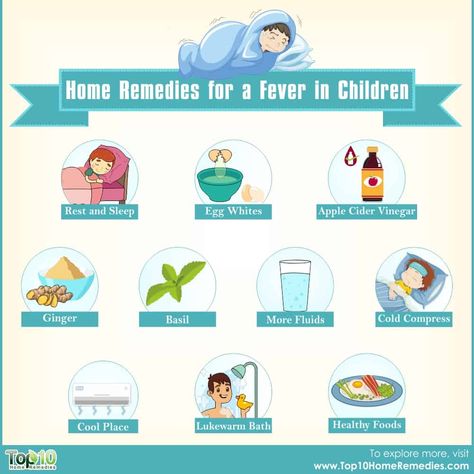 Your baby is no different and will also refuse to eat in the manner she normally does. Try to get your baby to eat by offering foods that she likes, and ensure they are healthy and nutritious. Your baby might also want to be breastfed or have formula during this time. There is no reason to worry about this as breast milk will provide your baby with all the essential nutrients she needs during her illness. Remember to feed your baby food at regular intervals so her body has the energy to fight the illness, without forcing her to eat more than she wants to.
Your baby is no different and will also refuse to eat in the manner she normally does. Try to get your baby to eat by offering foods that she likes, and ensure they are healthy and nutritious. Your baby might also want to be breastfed or have formula during this time. There is no reason to worry about this as breast milk will provide your baby with all the essential nutrients she needs during her illness. Remember to feed your baby food at regular intervals so her body has the energy to fight the illness, without forcing her to eat more than she wants to.
8 Foods for Babies With Fever (Age: 6-12 months)
Knowing what foods to feed is half the battle won when your baby has a fever. The food should be both well-balanced and energy-rich so it can shore up your baby’s defences in the face of the fever. Here are a few food items you can give your baby during fever.
1.
Dal KhichdiThis basic dish will help your baby regain strength as she fights the illness.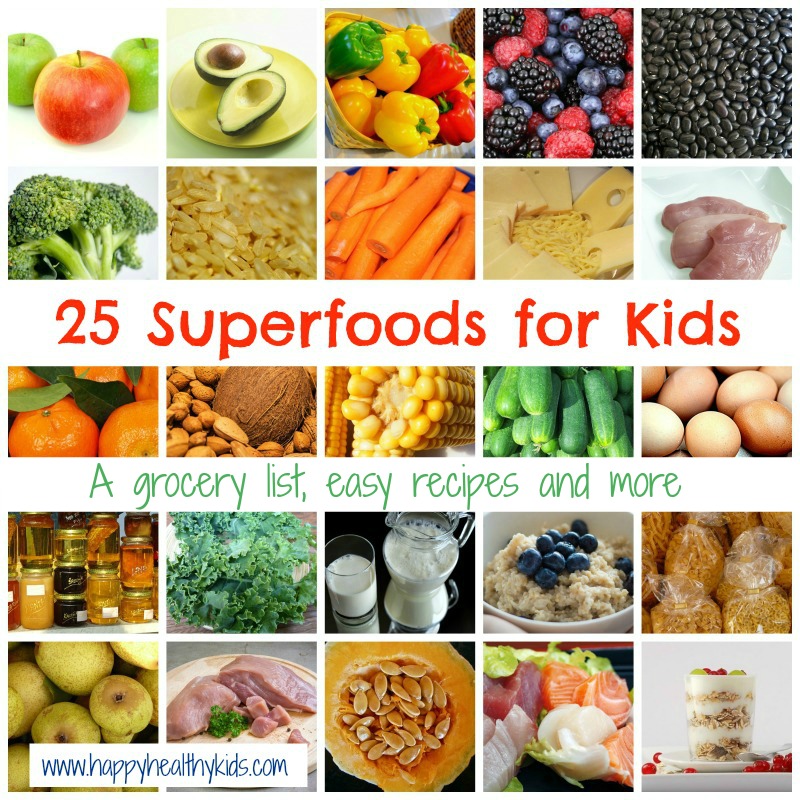 It is rich in protein which is easy to digest and also high in energy. Prepare this dish with no spices and salt and do not add any strong flavours in order to make it more palatable to your baby. Keep it simple and serve it warm. Let your baby eat how much she can.
It is rich in protein which is easy to digest and also high in energy. Prepare this dish with no spices and salt and do not add any strong flavours in order to make it more palatable to your baby. Keep it simple and serve it warm. Let your baby eat how much she can.
2. Soup
Giving your baby a bowl of warm soup is a great way to ensure that she gets the nutrition she needs while also keeping it light on her digestive system. It is easy to prepare and is packed with essential vitamins and minerals. Just boil a few chopped vegetables of your choice in some filtered water. You can either feed your baby only the broth or offer some of the boiled vegetables in mashed form.
3.
DaliyaYou can make this dish by cooking the washed daliya (broken wheat), in a pressure cooker with water. Remember to add a quantity of water that will give it the consistency of a porridge. Daliya is a good source of protein that will give your baby an energy boost. Add a pinch of turmeric, an excellent ingredient for boosting immunity.
Add a pinch of turmeric, an excellent ingredient for boosting immunity.
4. Vegetable and Fruit Puree
One of the simplest things you can give your baby when she has a fever is pureed fruits and vegetables. You can choose which fruit or vegetable you want to give your baby according to her preferences. Apples, peas, and carrots in puree form are all good for your baby when she has a fever.
5. Breast Milk or Formula
Sometimes, your baby might want to go back to feeding entirely on breast milk or formula. As breast milk and formula are high in nutrition and also make sure that your baby stays hydrated during the fever, do not hesitate to offer some to her. Breast milk, in particular, contains antibodies that help build your baby’s immunity that help fight infection.
6. Popsicles
This is a unique way to get your baby to eat nutritious food – just ensure you make this yourself at home with ingredients that you know are safe. Juice a few fruits and put them in a popsicle mould. You can also add a few pieces of cut-up fruits into the mould. Freeze it for a few hours and let your baby enjoy this cold treat that is full of vitamins. Note: Please don’t give store-bought popsicles to your baby as they are high in sugar and contain artificial colours, which aren’t good.
Juice a few fruits and put them in a popsicle mould. You can also add a few pieces of cut-up fruits into the mould. Freeze it for a few hours and let your baby enjoy this cold treat that is full of vitamins. Note: Please don’t give store-bought popsicles to your baby as they are high in sugar and contain artificial colours, which aren’t good.
7. Ginger Tea
This simple drink will boost your baby’s immunity. Ginger has been known to have high antioxidant properties. It also helps clear chest congestions. Boil some ginger in a cup of water for a few minutes. Strain it and let it cool till it is warm. Feed the beverage to your child.
8. Ajwain
Carom seeds are truly a superfood when it comes to treating illnesses. Soak some seeds overnight in a cup of water or just boil them in water for a few minutes and give your baby a couple of teaspoons every few hours.
5 Foods for Toddlers With Fever (Age: 1-3 years)
While fighting the fever can leave your toddler without her usual appetite, it is important that your child gets nutritious food packed with vitamins that will keep her hydrated. You might be wondering what foods to give a toddler with fever as they can be picky – here are a few things you must feed your child when she has a fever.
You might be wondering what foods to give a toddler with fever as they can be picky – here are a few things you must feed your child when she has a fever.
1. BRAT Diet
This stands for banana, rice, applesauce, and toast. You should be able to make these food items easily at home. Bananas can be offered just as is. For the applesauce, you will need to peel a few apples, slice them and boil in some water until it becomes syrupy. You can add in cinnamon and star anise for added nutrition and flavour. Remember to take the whole spices out of the applesauce before feeding it to your child.
2. CRAM Diet
This stands for cereal, rice, applesauce and milk. Depending on what your child likes, you can choose between the two diets in order to ensure that your child is getting every bit of nutrition she requires to get better.
3. Chicken Soup
Almost everyone will tell you the virtues of chicken soup during sickness.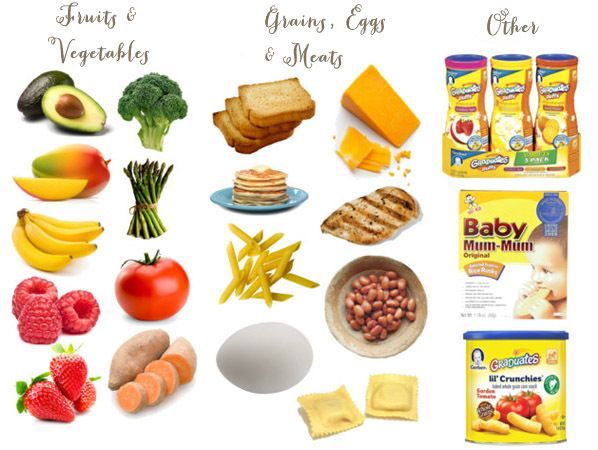 Chicken soup is beneficial for a fever-ridden baby as it is easy on the stomach and rich in proteins and other nutrients. Chicken soup with added vegetables will give your child a balanced meal with ample nutrition.
Chicken soup is beneficial for a fever-ridden baby as it is easy on the stomach and rich in proteins and other nutrients. Chicken soup with added vegetables will give your child a balanced meal with ample nutrition.
4. Baked/Steamed Food
Baking and steaming food will ensure that the nutrition of the food remains intact without the use of oil and butter, two things that can cause a strain on your child’s system. You can bake or steam a variety of food – vegetables like peas, carrots and sweet potatoes are ideal. If your child feels up to it, you can give her baked or steamed fish as well.
5. Turmeric Milk
A lot has been said and written about the health benefits of turmeric. While you can add turmeric to the food that you prepare for your child, it is also recommended that you add a pinch of turmeric in a glass of warm milk and give this drink to your child once a day. Turmeric has medicinal and anti-inflammatory properties that will boost your child’s immune system.
Turmeric has medicinal and anti-inflammatory properties that will boost your child’s immune system.
Tips for Feeding Your Child During Fever
- Break down the meals into small portions that you can feed your child at frequent and regular intervals.
- You can express breast milk and feed it to your baby with a spoon, especially if your baby is too weak to suckle.
- Exercise patience when feeding your child when she is sick. Offer food on a regular basis and try to give the food she enjoys.
- Keep your child upright when you are feeding her. Do not feed her when she is lying down, as it may cause her to choke.
- Do not force your child to eat.
- Offer fluids if your baby is vomiting.
When to Call a Doctor
If your baby is suffering from other symptoms aside from fever, it’s best to take her to the paediatrician immediately. Some of the symptoms to look out for are:
- Unexplained rashes
- Vomiting
- Diarrhoea
- Unusually sleepy, fussy, or ill
- Seizures
It is important that you give your child food that is nutritious and energy-giving when they are suffering from fever.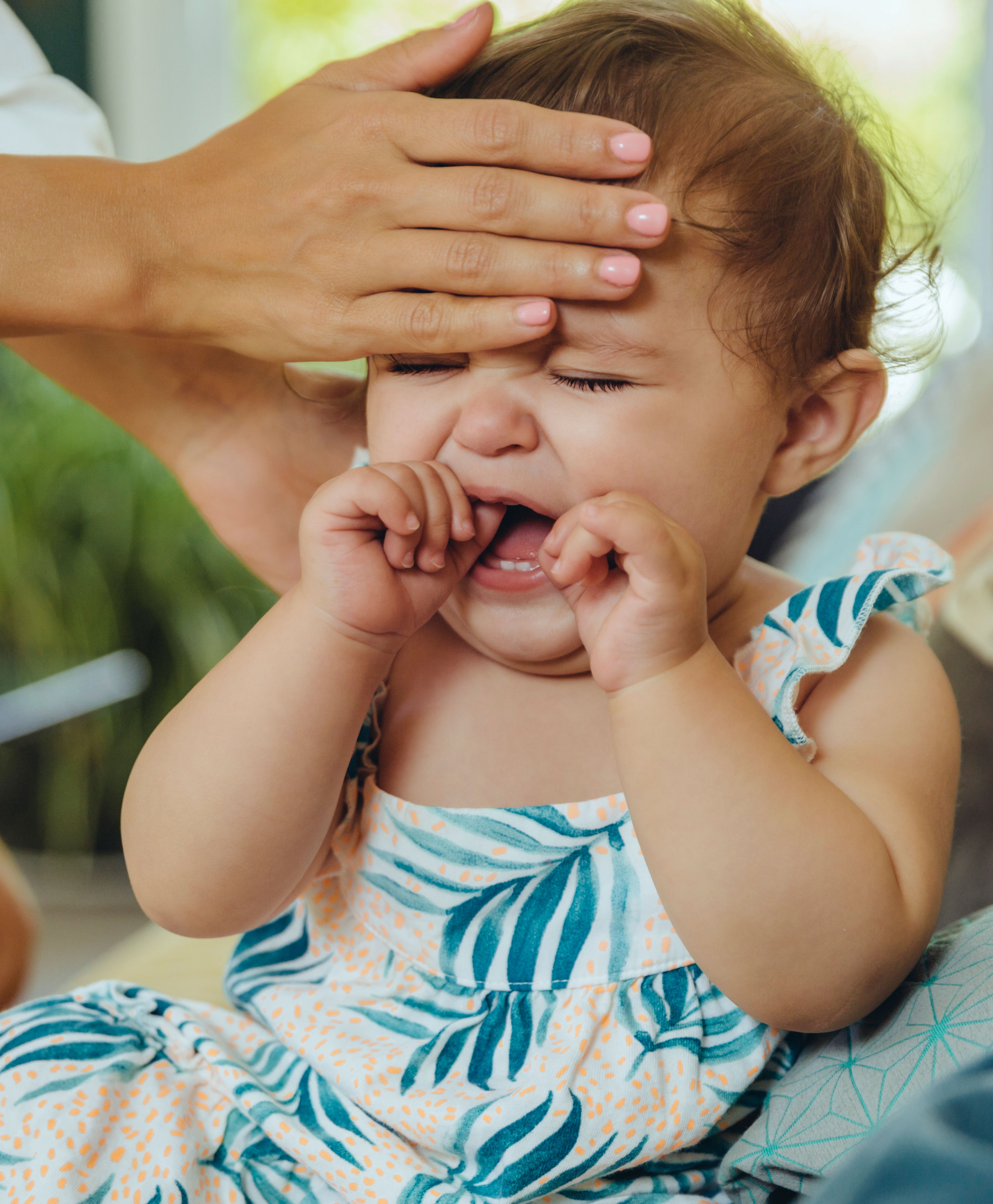 Be patient and offer food in small quantities over frequent meals. If your child is not eating at all, then you must seek medical help as this lack of appetite could be indicative of something more serious than a fever.
Be patient and offer food in small quantities over frequent meals. If your child is not eating at all, then you must seek medical help as this lack of appetite could be indicative of something more serious than a fever.
Also Read: The Best Home Remedies for Fever in Children
Sitemap - Nizhnevartovsk city emergency medical station
Version for the visually impaired
- Home
- About establishment
- Documents
- Institution structure
- Community Council
- Information about medical workers
- Availability indicators
- Working hours of a medical organization
- Paid services
- Jobs
- Supervisory authorities
- Photo reports
- Activities
- Information about work in the MHI system
- Unified portal of public services
- Career guidance.
 Targeted learning. Employment of graduates
Targeted learning. Employment of graduates - Anti-corruption activities
- Information for patients
- Social services to the population
- Patient Questionnaire
- How to get high-tech medical care
- Internal regulations for the consumer of services
- Standards for the scope of medical care
- Information for citizens in need of pain relief
- Target values of the criteria for the availability and quality of medical care
- Conditions and procedure for the provision of medical care established by the territorial CHI program
- Information materials on the implementation of the state guarantees program
- List of medicines, medical devices and specialized health foods
- List of types, forms and conditions for the provision of medical care, the provision of which is carried out free of charge
- List of drugs used in the outpatient treatment of children from large families
- Rights and obligations of citizens in the field of health care
- Rights and obligations of insured persons
- Contacts
- Make an appointment with a doctor
- For specialists
- Telephone directory
- Vacancies
- Information for medical personnel
|
|
Fever in children - NCCH
36.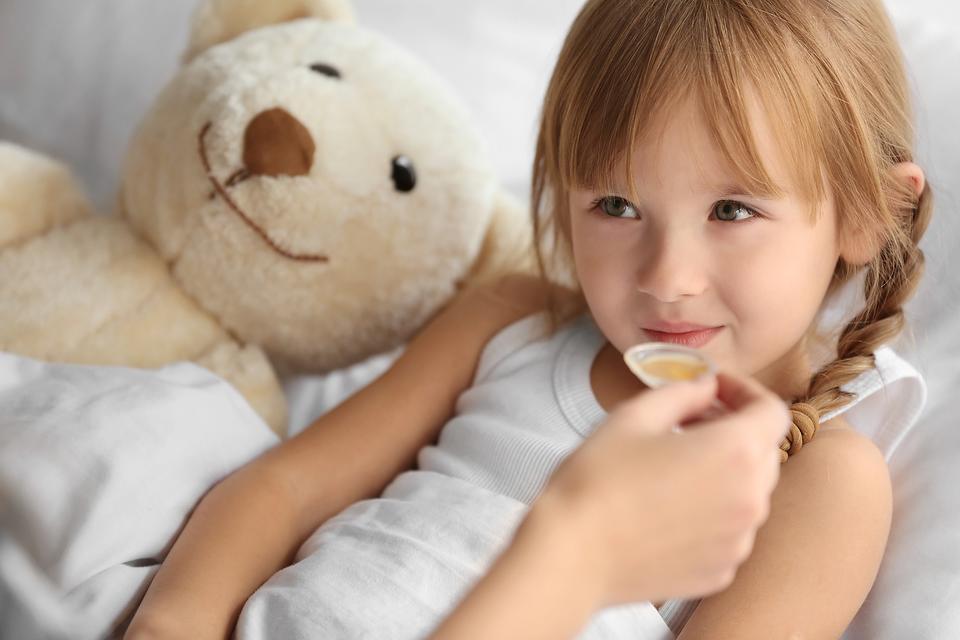 6˚ is the average normal body temperature for an adult. In children, the average body temperature is 0.3-0.4˚ C higher than in adults. In addition, the temperature in children is characterized by significant lability and its average fluctuations in newborns can be about 0.4 ° C, and in older children up to 1 ° C. Factors such as food intake, hunger, movement, restlessness, alternation of sleep and wakefulness. It must be remembered that there are daily fluctuations in temperature, in the evening it is usually slightly higher. In young children with insufficient maturity of thermoregulation processes, environmental factors have a significant impact, it is important to remember that children are very easy to both overcool and overheat, so the air temperature in the room, the quantity and quality of clothes on the child, etc. are important. If the child seemed hot to you, and you decided to measure the temperature, you must wait 15-20 minutes after sleep or physical activity, uncover the child.
6˚ is the average normal body temperature for an adult. In children, the average body temperature is 0.3-0.4˚ C higher than in adults. In addition, the temperature in children is characterized by significant lability and its average fluctuations in newborns can be about 0.4 ° C, and in older children up to 1 ° C. Factors such as food intake, hunger, movement, restlessness, alternation of sleep and wakefulness. It must be remembered that there are daily fluctuations in temperature, in the evening it is usually slightly higher. In young children with insufficient maturity of thermoregulation processes, environmental factors have a significant impact, it is important to remember that children are very easy to both overcool and overheat, so the air temperature in the room, the quantity and quality of clothes on the child, etc. are important. If the child seemed hot to you, and you decided to measure the temperature, you must wait 15-20 minutes after sleep or physical activity, uncover the child. The temperature should not be measured in the hands of the mother, but in a calmly sitting or lying child. When measuring the temperature in the armpit, you just need to hold the child's hand with a thermometer with your hand or use an ear infrared thermometer.
The temperature should not be measured in the hands of the mother, but in a calmly sitting or lying child. When measuring the temperature in the armpit, you just need to hold the child's hand with a thermometer with your hand or use an ear infrared thermometer.
Fever is an increase in body temperature ≥38˚ C, in most cases it is not dangerous, it is a normal physiological reaction of the body to infectious and non-infectious diseases. In young children, febrile illnesses are common and are usually caused by viral infections.
In the body, the role of the thermoregulation center is performed by the hypothalamus, the mechanism of its action is based on achieving a balance between heat production and heat loss.
Febrile convulsions are genetically determined, develop in 3-4% of children, as a rule, are not accompanied by epileptic activity of the brain, do not affect the further development of the child and do not recur after 6 years. In almost 50% of cases, febrile convulsions are single, however, if they are present in the history of the child, antipyretics are recommended for him at lower fever numbers.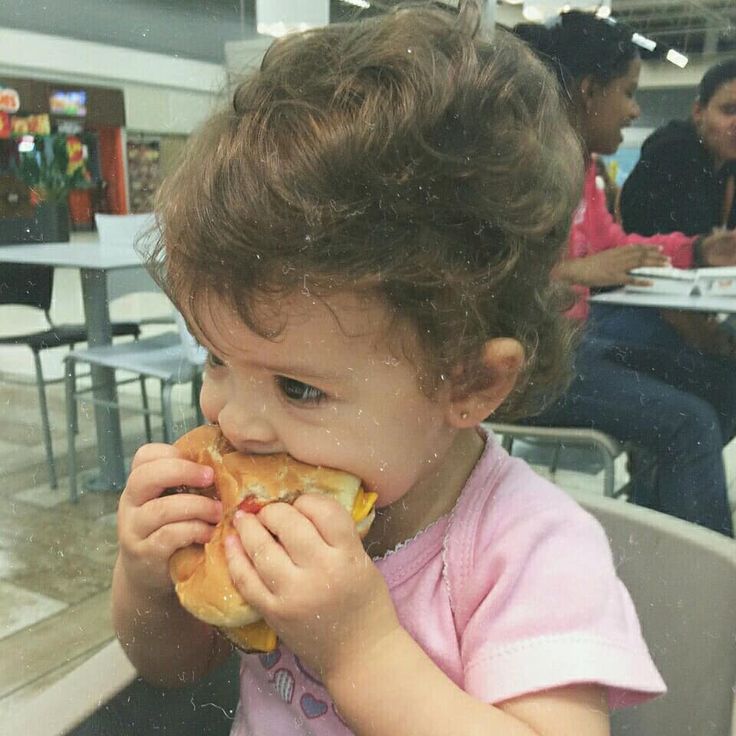
Of course, one can understand the excitement of parents and grandparents when a child has a fever, but they need to remember that by lowering the temperature, especially low values, they calm themselves more than help the child. So, in most viral infections, only during an increase in temperature, antibodies to the virus and various active substances are produced that are responsible for the immune response and immunological memory. Therefore, an artificial decrease in temperature can lengthen the period of the disease. If a child has started antibiotic therapy for a bacterial infection, it is important to evaluate the effectiveness of the antibiotic, which can be seen primarily by self-reduction of body temperature. Against the background of antipyretics, this is quite difficult to do, and the sooner the child receives the correct treatment, the lower the risk of possible complications. Taking into account all of the above, international recommendations have been developed for the appointment of antipyretics. They are indicated in initially healthy children under the age of 3 months with an increase in body temperature above 38 °C. For children older than 3 months, antipyretics are prescribed at a temperature above 39-39.5˚С. For children at risk (with congenital heart defects, diseases of the central nervous system, etc.), as well as with previously identified febrile convulsions, the temperature is reduced to a lower temperature - 37.5-38 ° C. If the child feels unwell with a fever, refuses to eat and drink, parents can begin to lower the temperature to a lower temperature. No guideline for the management of children with fever recommends the use of antipyretics solely to reduce fever.
They are indicated in initially healthy children under the age of 3 months with an increase in body temperature above 38 °C. For children older than 3 months, antipyretics are prescribed at a temperature above 39-39.5˚С. For children at risk (with congenital heart defects, diseases of the central nervous system, etc.), as well as with previously identified febrile convulsions, the temperature is reduced to a lower temperature - 37.5-38 ° C. If the child feels unwell with a fever, refuses to eat and drink, parents can begin to lower the temperature to a lower temperature. No guideline for the management of children with fever recommends the use of antipyretics solely to reduce fever.
Temperature reduction is carried out by physical cooling methods and, if necessary, medication. If the child does not have chills, marbling of the skin, the room should be ventilated, the child is open. With cold hands and feet, they must be rubbed to redness or given a no-shpu in order to expand the peripheral vessels for an adequate heat transfer process.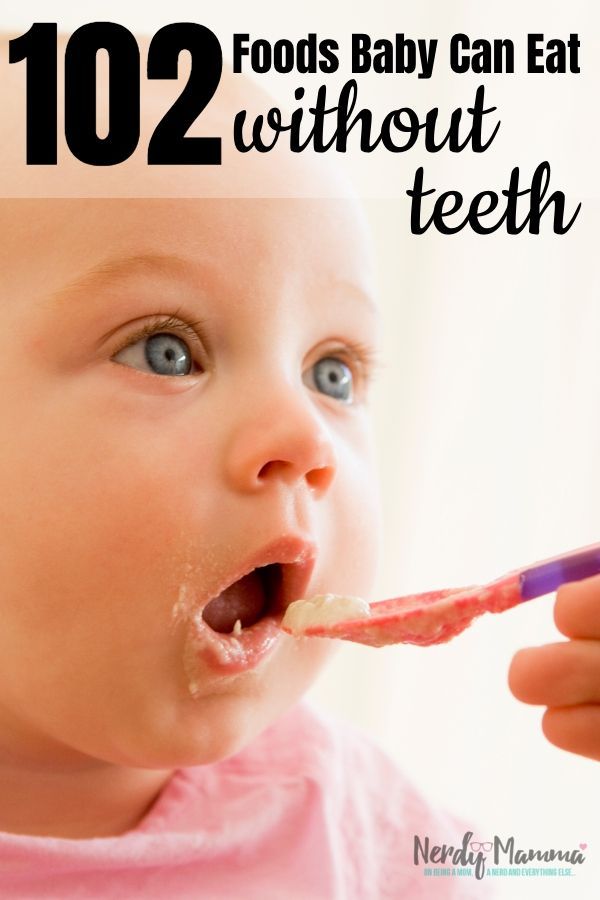 The drugs of choice among antipyretics for children are paracetamol and ibuprofen with many convenient dosage forms for the child. A single dose is calculated on body weight and is 10-15 mg / kg (every 6 hours, if necessary) for paracetamol and 5-10 mg / kg (every 6 hours, if necessary) for ibuprofen. If the dose of antipyretics is insufficient, the effect of them may not be. In the presence of vomiting, the form in candles is convenient. A decrease in temperature, as a rule, can be expected 30-60 minutes after taking the drug (somewhat longer with rectal use) and the effect lasts up to 3-8 hours. If the temperature is very high, physical cooling methods can be used until the antipyretic begins to take effect or until the time of the next dose of the drug. Vinegar and vodka, when rubbed, can have both a local irritant effect and a toxic effect when absorbed through the skin. Therefore, the simplest and safest way is to wipe the child with ordinary water at 25-30˚ C. It is necessary to wipe the neck, back of the head, inguinal and axillary folds, forehead, and then other surfaces.
The drugs of choice among antipyretics for children are paracetamol and ibuprofen with many convenient dosage forms for the child. A single dose is calculated on body weight and is 10-15 mg / kg (every 6 hours, if necessary) for paracetamol and 5-10 mg / kg (every 6 hours, if necessary) for ibuprofen. If the dose of antipyretics is insufficient, the effect of them may not be. In the presence of vomiting, the form in candles is convenient. A decrease in temperature, as a rule, can be expected 30-60 minutes after taking the drug (somewhat longer with rectal use) and the effect lasts up to 3-8 hours. If the temperature is very high, physical cooling methods can be used until the antipyretic begins to take effect or until the time of the next dose of the drug. Vinegar and vodka, when rubbed, can have both a local irritant effect and a toxic effect when absorbed through the skin. Therefore, the simplest and safest way is to wipe the child with ordinary water at 25-30˚ C. It is necessary to wipe the neck, back of the head, inguinal and axillary folds, forehead, and then other surfaces.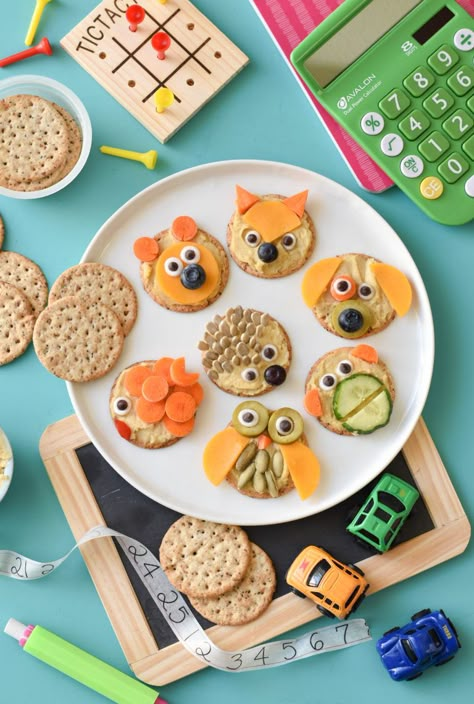
It is not recommended to alternate paracetamol and ibuprofen, as well as to give their combined preparations, this combination is no more effective than monotherapy, but is fraught with serious side effects and can lead to acute renal failure. Also, nimesulide, acetylsalicylic acid preparations are not used in children with an antipyretic purpose, and metamizole (analgin) can only be administered intramuscularly in order to quickly reduce the temperature. All of these drugs can cause serious side effects that are incomparable to their antipyretic effect.
Usually a decrease in temperature by 0.5-1˚ C is sufficient to improve the child's well-being, it is not necessary to achieve a decrease in temperature to normal numbers. Large diurnal fluctuations in temperature may have a more significant negative effect than the fever itself.
We have already said above that fever in children is most often accompanied by acute infectious diseases, which can be both viral and bacterial etiology. In the vast majority of cases, a viral infection does not require the appointment of an antibiotic (antibiotics do not act on viruses), children are treated with symptomatic agents and, if necessary, reduce the temperature. In the case of a proven bacterial etiology of the disease, it is necessary to prescribe antibiotic therapy. It is up to the doctor to decide what exactly the child is sick with, and, accordingly, how to treat him. However, if the disease begins with fever, runny nose and cough, the child's condition suffers slightly, with a high degree of probability one can think about the development of a respiratory viral infection and treat the child symptomatically. If the temperature persists for more than 3 days, of course, it is necessary to consult a doctor, control a blood test, if urine is needed, with a decision on the advisability of prescribing an antibiotic. A disease that is not accompanied by catarrhal symptoms, a runny nose, should be more alert to both parents and doctors, due to the higher likelihood of any bacterial infection that needs to be diagnosed and treated in time.
In the vast majority of cases, a viral infection does not require the appointment of an antibiotic (antibiotics do not act on viruses), children are treated with symptomatic agents and, if necessary, reduce the temperature. In the case of a proven bacterial etiology of the disease, it is necessary to prescribe antibiotic therapy. It is up to the doctor to decide what exactly the child is sick with, and, accordingly, how to treat him. However, if the disease begins with fever, runny nose and cough, the child's condition suffers slightly, with a high degree of probability one can think about the development of a respiratory viral infection and treat the child symptomatically. If the temperature persists for more than 3 days, of course, it is necessary to consult a doctor, control a blood test, if urine is needed, with a decision on the advisability of prescribing an antibiotic. A disease that is not accompanied by catarrhal symptoms, a runny nose, should be more alert to both parents and doctors, due to the higher likelihood of any bacterial infection that needs to be diagnosed and treated in time.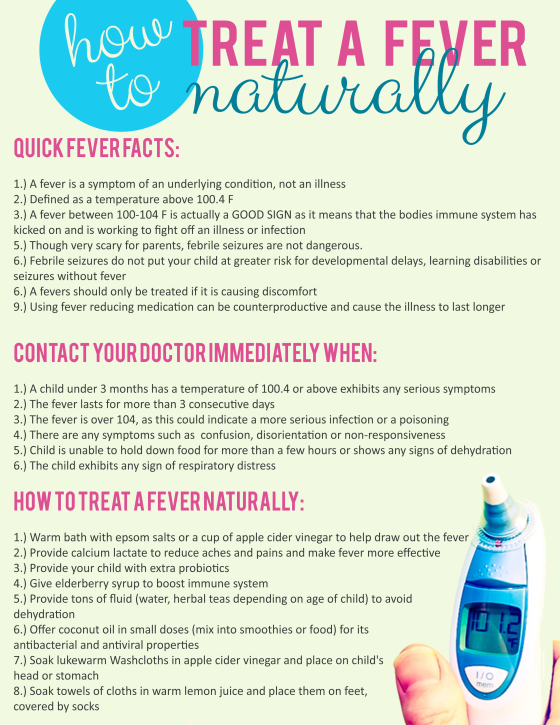

 Targeted learning. Employment of graduates
Targeted learning. Employment of graduates 

